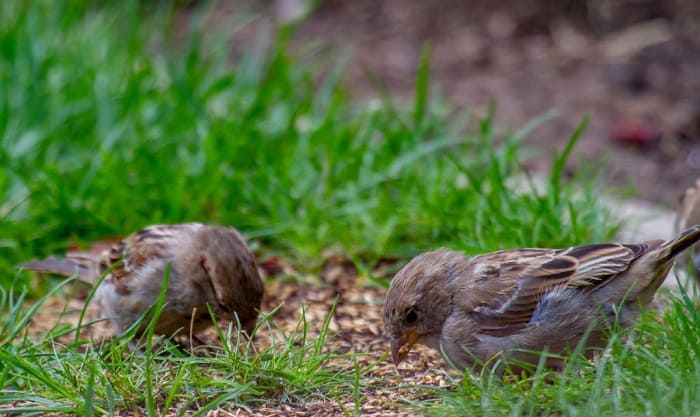Birds are indistinguishably some of the most notable biological feats in nature. Beautiful, diverse, unique, and domesticable, birds are present in almost every setting.
However, birds are sometimes difficult to control and can be concerning for people with open yards and gardens.
A common issue most property owners face is how to keep birds from eating grass seed.
Birds can be difficult to regulate in open spaces, such as gardens where you have to set grass seed. Fortunately, this guide identifies a few practical solutions to consider:
Technique #1. Invest in a Repellent Net
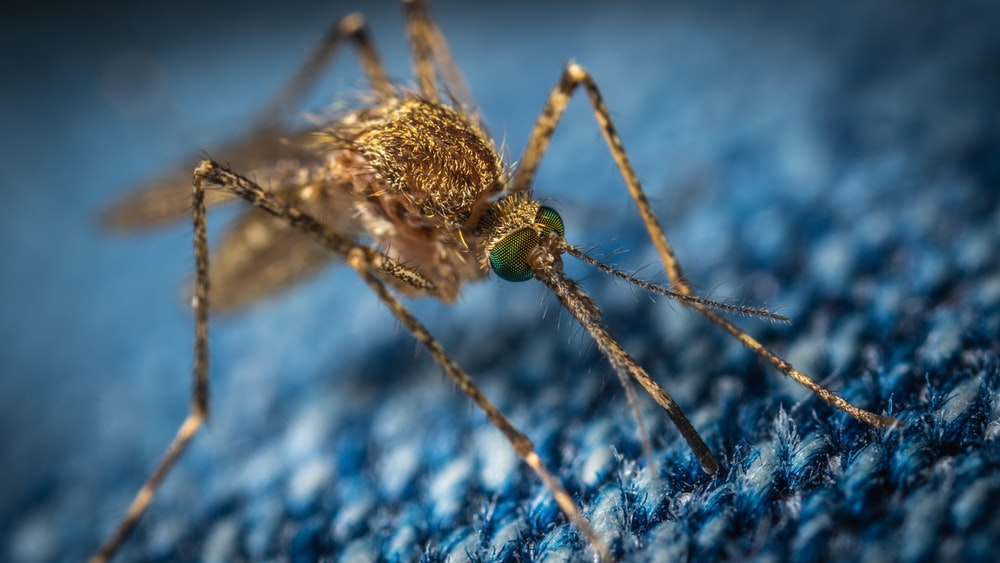
While it takes time or even professional help to set up, repellent nets are an excellent addition to your garden. Doing this will help ensure that birds have limited access to your seeds.
Using netting to protect grass seed from birds also works well in your absence. And, it doesn’t involve any harmful chemicals that can lead to long-term damage to your plants.
Fortunately, most repellent nets provide easy access to the grass seeds and are breathable. They won’t compromise or absorb any pest control products you apply to the garden.
The key to netting success is choosing a high-quality type that doesn’t contain harmful chemicals.
You also have to keep track of the welfare of your seeds, as this is a condition they are normally used to in the germination stage.
Technique #2. Protective Plants

Birds, regardless of their species, are lovers of grains, and grass seed is no exception. Unfortunately, birds, they tend to be persistent and are likely to return without the right deterrent. You need another solution if you don’t have a devoted canine pet to shoo them away.
If you aren’t a fan of using the nets, consider confusing the birds by setting some protective plants around the area.
Common examples include nemophila, cornflowers, field poppies, and calendula. Remember to set the protective plants to produce dense foliage and use short-growing wildflowers for the best results.
Using this approach is convenient and works well as a deterrent to the presence of birds. The reason is that birds don’t like moving through dense flowers.
Technique #3. Scarecrows
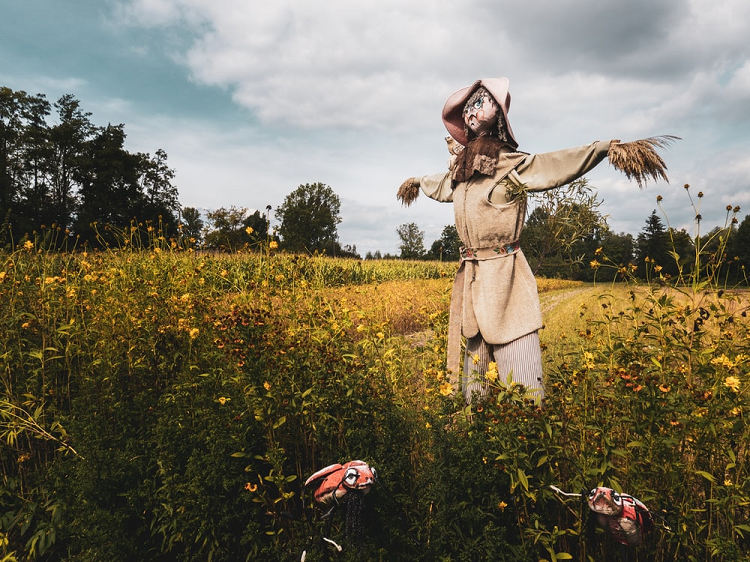
Scarecrows are an age-old technique that works “WONDERS” when deterring birds from eating grass seeds. However, you have to be careful, because some birds such as crows and pigeons are smart.
Specifically, if your makeshift sentry has been sitting in the same spot for an extended period, the birds might conclude that it’s harmless.
You have to adjust the position of the scarecrow regularly throughout the week. You also have to try to change its appearance because it’s part of the ploy in getting the birds to think it’s a real animal.
You can also take this solution further by setting old compact discs on the bird to help stave off the birds. Ensure to move and rearrange the birds regularly.
Technique #4. Set Reflective Items Close to the Bird

Aside from using physical structures, you can also use visual deterrents with immense success. These are items with reflective surfaces with reflections that shift based on factors such as the wind or movement of the sun.
A good example would be to set pinwheels in the soil or even hang CDs in the trees. Even though it’s not the most aesthetically pleasing approach you can use, it’s an excellent technique for regulating the presence of birds.
You can make it much better by complementing it with a technique such as setting the protective plants in the garden.
Some people have also enjoyed success with the stop birds eating grass seed tin foil approach.
Technique #5. Set Toy Predators in Your Garden

Beyond reflective items, you should also consider using decoy predators in your garden to help deter the presence of pests. Some common decoy predator options include snakes, plastic owls, and any other relevant type you can find.
Choosing this route means that you should also be keen on the mental capabilities of birds. The reason is that birds are often keen and might eventually notice that the toys are harmless.
You must move the predators around your garden, or at least set them where the birds are likely to land.
Technique #6. Setup Bird Feeders in Your Yard
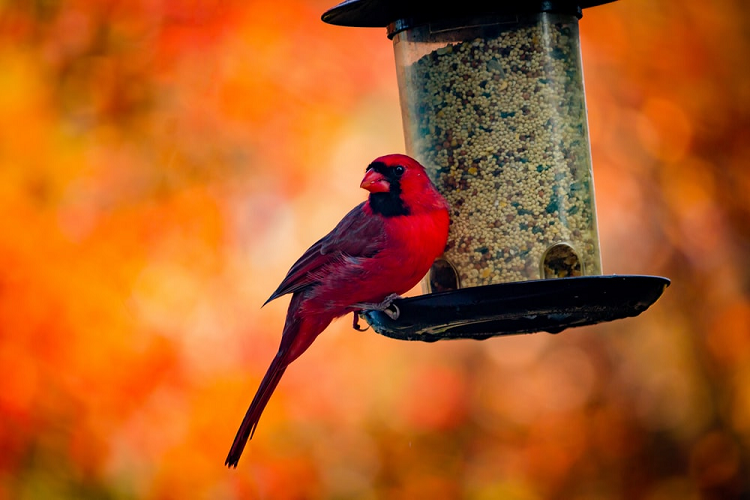
Even though this process seems counterintuitive, it’s one of the best ways to deter birds from your grass seeds. The reason is that the bird feeders will help redirect your bird’s attention away from the grass seeds.
It also gives them an excellent meal alternative, with birds serving various roles in gardens. Some of these roles can include the spread of manure or seed that might eventually develop into plants. If you aim to introduce non-invasive birds in your garden, then bird feeders are “PERFECT.”
Technique #7. Set up Flowers That Can Prevent Birds
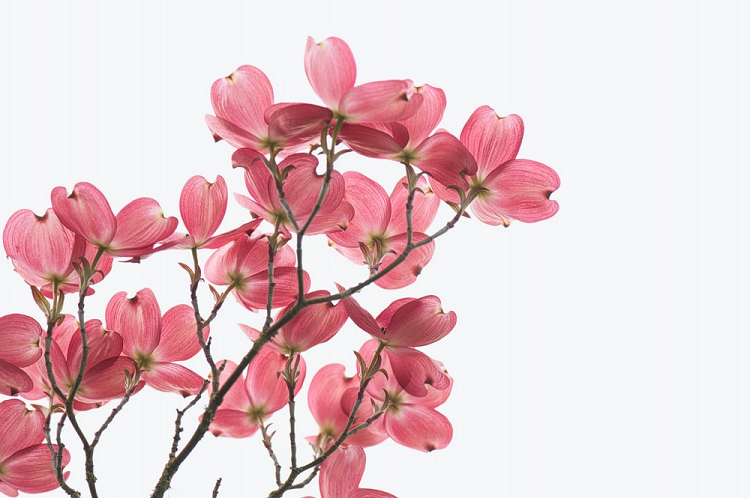
Just as deterring insects from your garden works well when you use plants such as marigolds, it’s also possible to use protective plants to stop birds from eating pant seed. A good example is pigeons, which like consuming plants from the cabbage category.
However, pigeons also don’t like getting through thick foliage when searching for food. We recommend setting a dense border of annual flowers in settings of your garden that require protection.
Using a netting or visual deterrent, you can make this process much more convenient.
Why Do Birds Eat Grass Seeds?
There are various reasons birds eat grass seeds. First, it’s good to realize that birds exist in almost every location worldwide.
However, with the many changes occurring worldwide, such as the technological and urbanization of cities, its become more difficult for birds to find food.
Like other animals, birds have a survival instinct, which often causes them to consider any visible food possible.
The other reason birds eat seeds is evolution, especially in their stout and solid beaks. Nature has engineered birds to eat items such as seeds.
However, there are various types of seeds nowadays, with the two common types being uncoated and coated grass seeds. The coated seeds are becoming common because birds don’t like eating them.
Coated seeds usually contain a thick chemical layer, leading to issues such as indigestion. The result is that the birds will no longer have the propensity to consume the seeds.
So is coated grass seed toxic to birds?
No, grass seed is not toxic to birds but can lead to stomach upsets and discomfort. This effect helps deter the birds from continually consuming your grass seeds.
Best Products for Keeping Birds from Eating Grass Seed
Below is a compilation of the best grass seed products you should consider for the best results
- Best Grass Seed Cover – Scotts EZ Seed Patch and Repair Sun and Shade for Grass: Covers
Discover the excellence of the Scotts EZ Seed Patch that can cover spaces of up to 200sq ft. The grass seed can grow almost anywhere thanks to its revolutionary product mixture.
The grass seed also features mulch, which can absorb more than 6x its weight in water.
It can also expand into the surrounding seed with a moist, protective layer. The Scotts EZ brand has also added exclusive release fertilizer technology to make it perfect for different soil types. Incorporating the “Tackifier” resource helps ensure that seeds don’t wash away.
The seed also features a protectant that helps ensure grass seeds are safe from harmful diseases. With this seed formula, you are sure of garden resource that works well for different conditions.
Pros
- It contains high-quality mulch that can absorb up to 6x its weight in water.
- It features exclusive release fertilizer that helps jumpstart the growth of plants.
- The Tackifier function helps ensure the seeds won’t wash away.
Cons
- Requires a lot of time to apply effectively.
- Best Mulch for Grass Seed – EZ Straw Seeding Mulch with Tack – Biodegradable Organic Processed Straw
Next on the list of products you can use for your modern garden is the EZ Straw Seeding Mulch. It’s an organic processed straw that contains Tackifier products that help ensure seeds don’t wash away.
The seed also features a biodegradable bonding agent and ensures grass seeds are safe regardless of the soil conditions. The mulch also features a specialized straw that prevents water loss.
The mulch is easy to apply and can cover a spacious area in most modern gardens. With its biodegradable formula, you are sure of mulch products that are easy to clean and maintain. It’s also a safe and convenient resource for different types of soil.
Pros
- It contains a tackifier that helps hold the straw in the seeds together.
- The product is biodegradable so that it won’t leave impurities in the soil.
- It is also safe and convenient to use regardless of the soil condition
Cons
- N/A
- Best Decoy Snake for Birds LRCXL: 4 Pieces Realistic Rubber Snakes
With the four pieces of Realistic Rubber snakes, you are sure of excellent addition to your garden protection regimen. This snake package features four pieces in different colors, each reaching up to the 28-inch mark.
The snakes also feature durable rubber that is also flexible. The realistic design of these fake snakes makes them even more fearsome to people. It’s made using soft and durable rubber, which is also environmentally friendly.
Pros
- The snake is available in four different appealing colors.
- It’s also made using heavy-duty rubber that guarantees longevity.
- The snake reaches up to the 28-inch mark.
Cons
- Requires manual position adjustments, or birds might sense its presence.
- Best Solar Animal Repellant – 2022 Solar Animal Repeller, Ultrasonic Repellent
If you are one of those people looking for a modern and sustainable solution for the regulation pest, then this Solar Animal Repeller is perfect. It works by repelling animals through an ultrasonic sound or alarm, which is exceptionally loud.
The solar repellant can also detect motion and produce a high-frequency noise that makes animals uncomfortable.
It’s also easy to use in various locations such as the Porsche, garage, or driveways. Its eco-friendly system features a top-notch solar panel that offers high-quality energy. The solar panel also has a waterproof structure, which guarantees optimal longevity.
Pros
- Motion-activated solar animal repeller offers efficiency.
- It has an eco-friendly charging system with high-grade ABS plastic.
- The solar animal repeller is easy to use and produces ultrasonic sounds.
Cons
- The battery requires replacement at some point.
Frequently Asked Questions (FAQ)
Will Birds Eat Grass Seed with Fertilizer?
Birds are less likely to eat grass seed if it’s mixed with fertilizer. The reason is that the chemical in fertilizers often leads to stomach discomfort issues, and the birds can detect their presence.
Do Birds Eat Coated Grass Seed?
No birds do not like eating coated seed because it has an unusual taste and will likely cause stomach discomfort. However, seeds that have coating tend to grow slowly and are likely to fail to grow.
How to Install Bird Netting over Grass Seed?
The best way to install bird netting over grass seed is to simply lay it over the areas where you have the seeds. You also have to check up on it occasionally to ensure that it doesn’t fly away due to wind or the rain.
How to Protect Grass Seed?
The best way to protect grass seed is to roll over the seed using a lawn roller that contains some water and set it so that it compacts the soil around the seeds. It’s a helpful technique for ensuring seeds don’t blow away from the garden.
You can use various techniques to keep birds from eating grass seed. The approach you use depends on the size of your garden and your personal preferences. Fortunately, most of the suggestions involve practical techniques.

